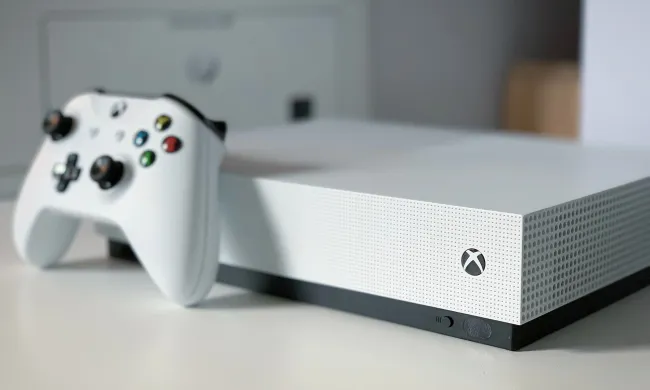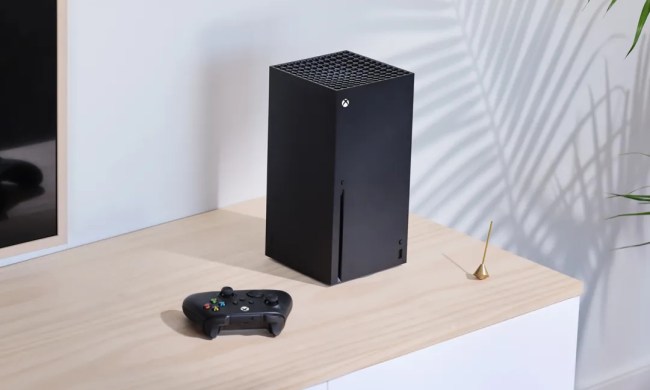
Updated on 4-02-2014 by Adam Rosenberg: Microsoft delivered more details about Kinect v2.0 and Windows platform interoperability during its annual Build developer conference.The main thrust of the news is that the Xbox One is now officially a Windows device. This means a couple of things. For one, developers will have the tools to build apps that support Windows as a platform, including Xbox One. An example shown during the press conference demonstrated how an app built to deliver content from the non-profit educational website Khan Academy transformed around Windows 8.1, Windows Phone, and Xbox One OS environments.
The platform expansion goes both ways too; Microsoft’s recently revealed DirectX 12 graphics API will incorporate all of the fancy flourishes that the Xbox One is capable of. That doesn’t mean much on the surface to you, the user, but it should translate to prettier DirectX games with a lower processing overhead on the PC side.
———
Original post written on 3-28-2014: The next generation of Kinect that debuted with the Xbox One is coming to PCs in the near future, Microsoft confirms. There will be a few minor changes on the aesthetics side, but the hardware will remain the same.
The new Kinect is a sophisticated peripheral that hasn’t even begun to scratch the surface of its potential. It’s still designed primarily for gaming, but as the original Kinect showed when it expanded into fields like healthcare, the possibilities are endless. The new biometric scanner alone should provide several interesting possibilities for the medical field.

The PC version of the Kinect will feature the same 1080p 16:9, full color camera, infrared capabilities, and 3D depth perception that the current Xbox One model offers. The PC device will connect to a computer via a USB 3.0 port, and will also need to be plugged in to a standard AC outlet. In terms of looks, the only real difference is that the PC version will have the name “Kinect” visible on the top of the peripheral, and the illuminated Xbox logo has been replaced with a simple power indicator light.
The new Kinect is currently only sold as part of a bundle with the Xbox One, so pricing for the standalone PC version is anyone’s guess. A release date hasn’t been confirmed yet either, but in the words of Microsoft, “As this first look at the Kinect for Windows v2 hardware indicates, we’re getting closer and closer to launch.”


